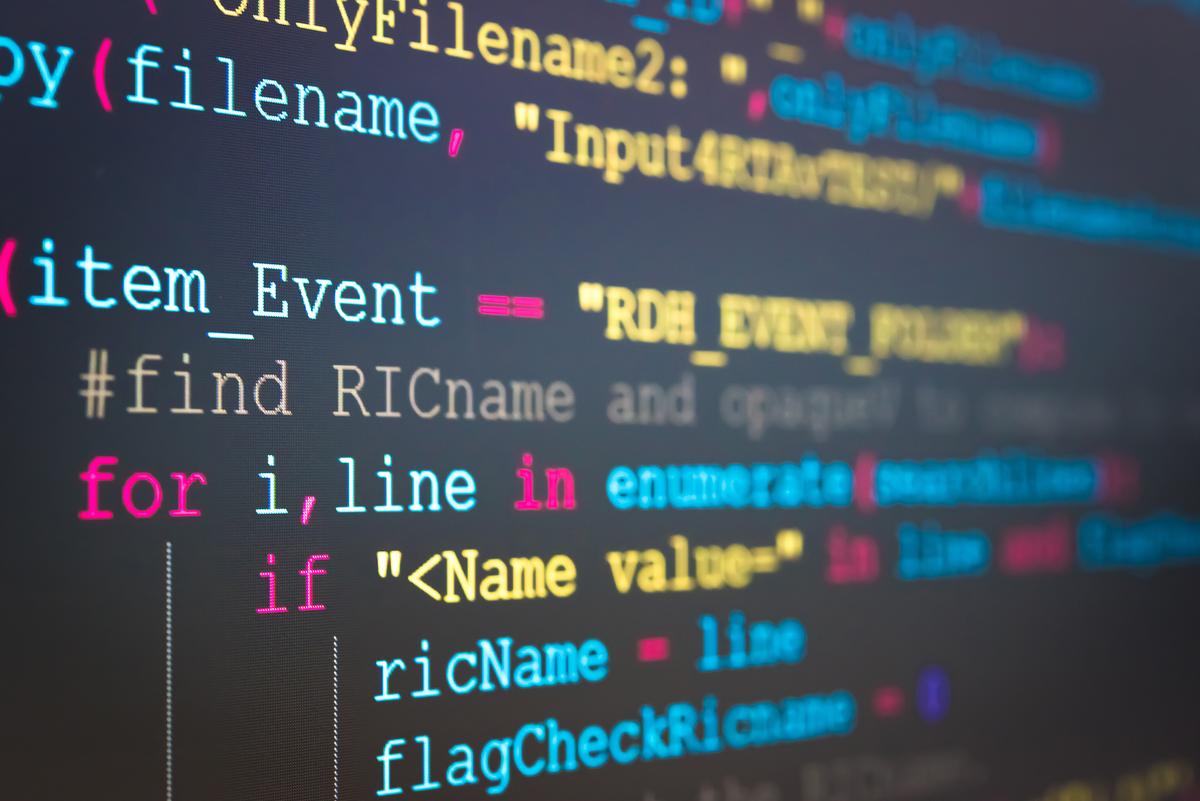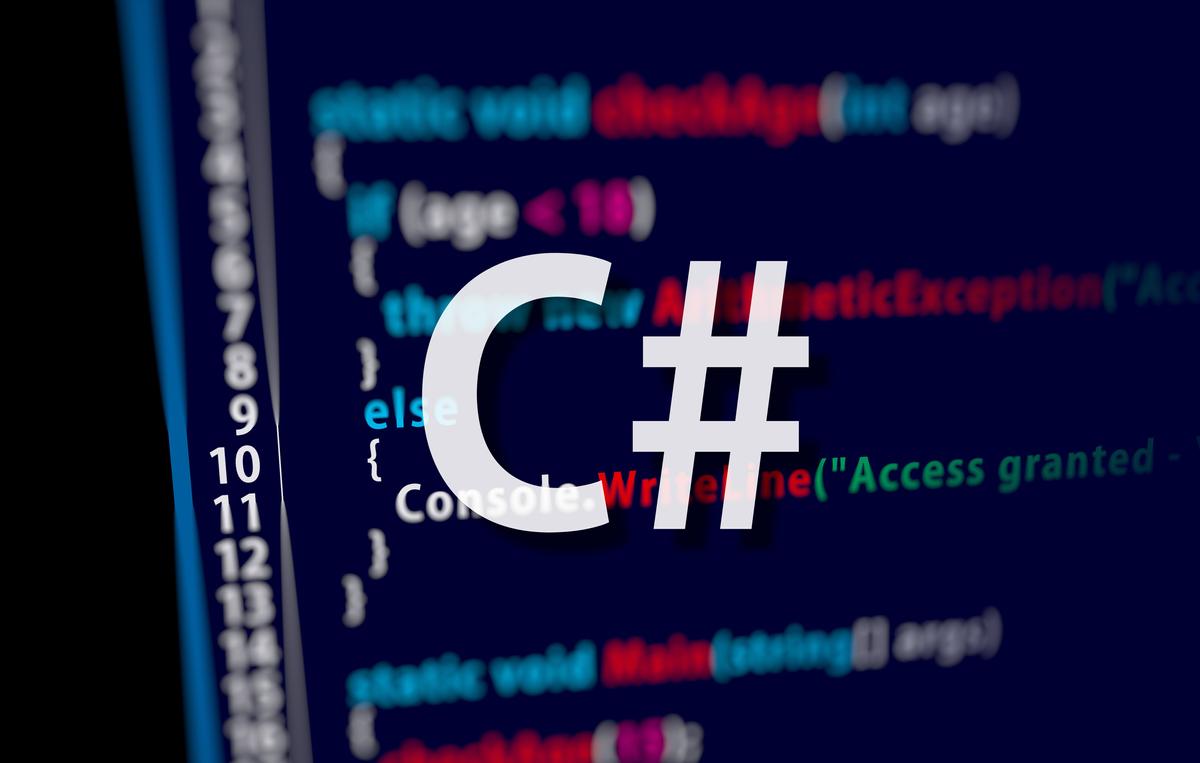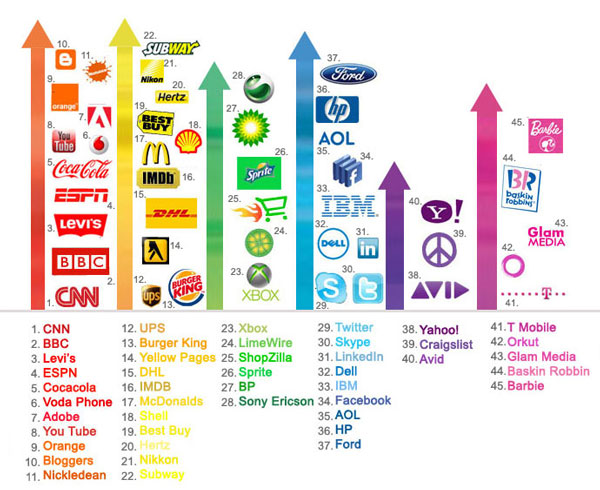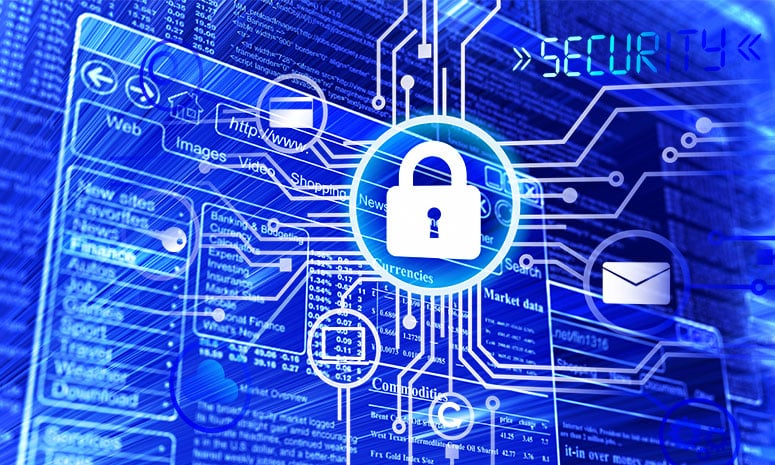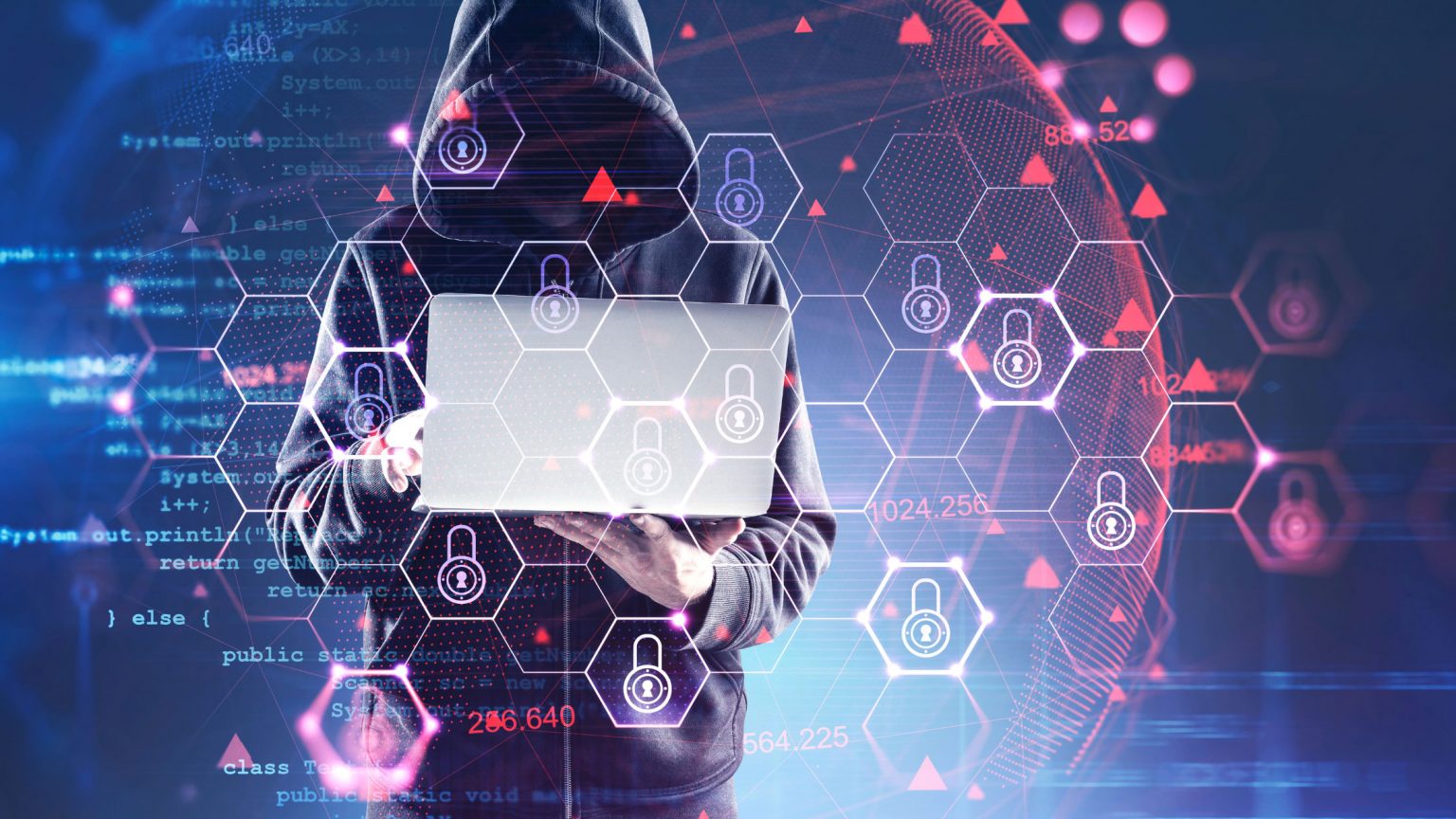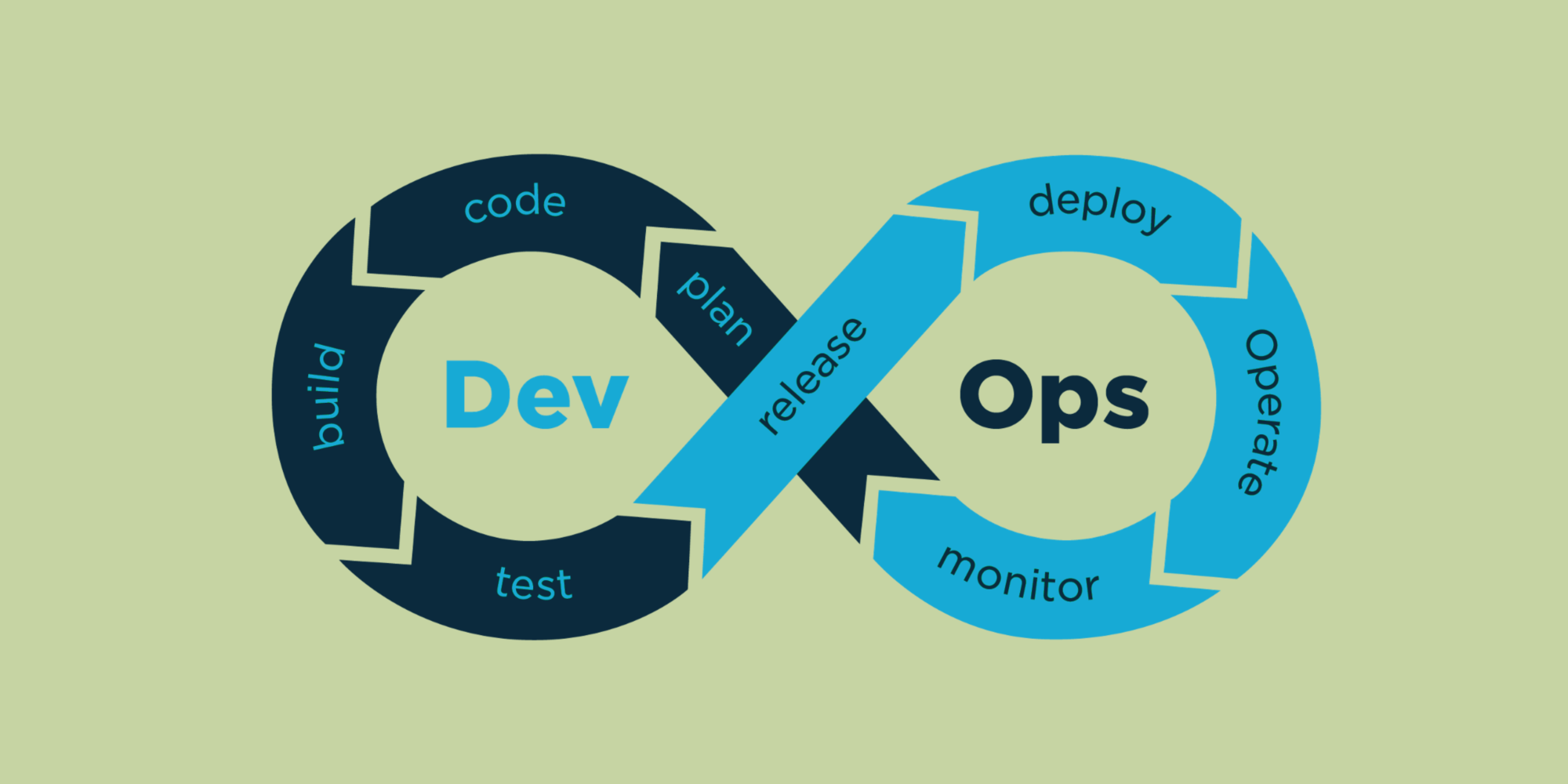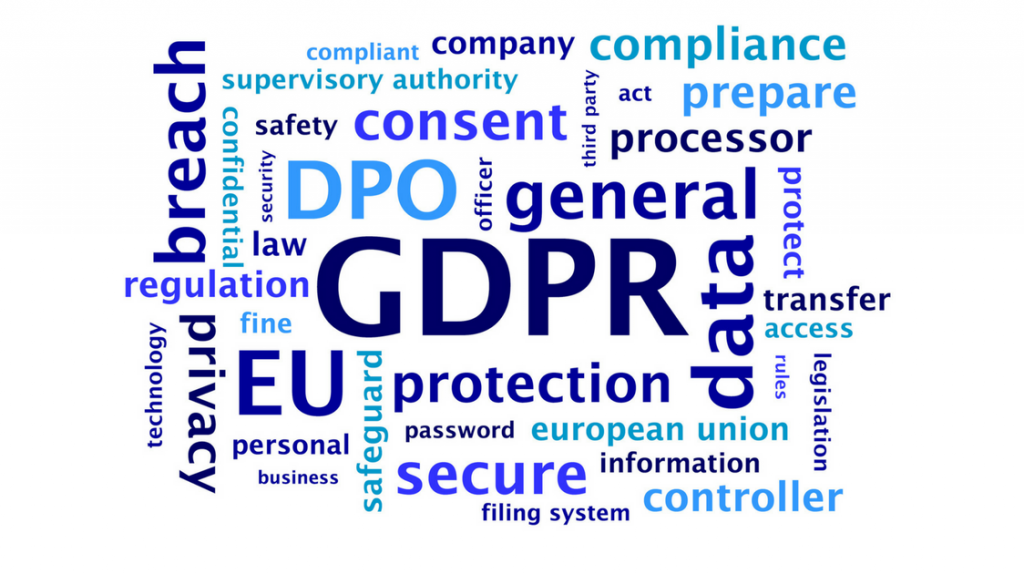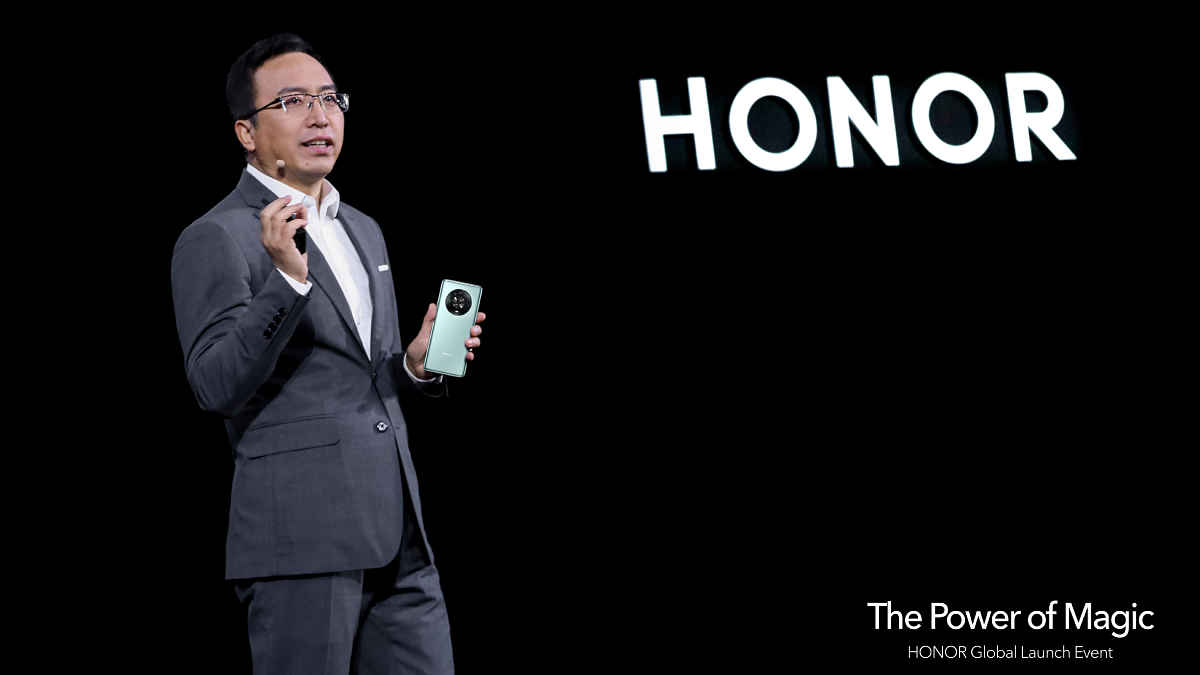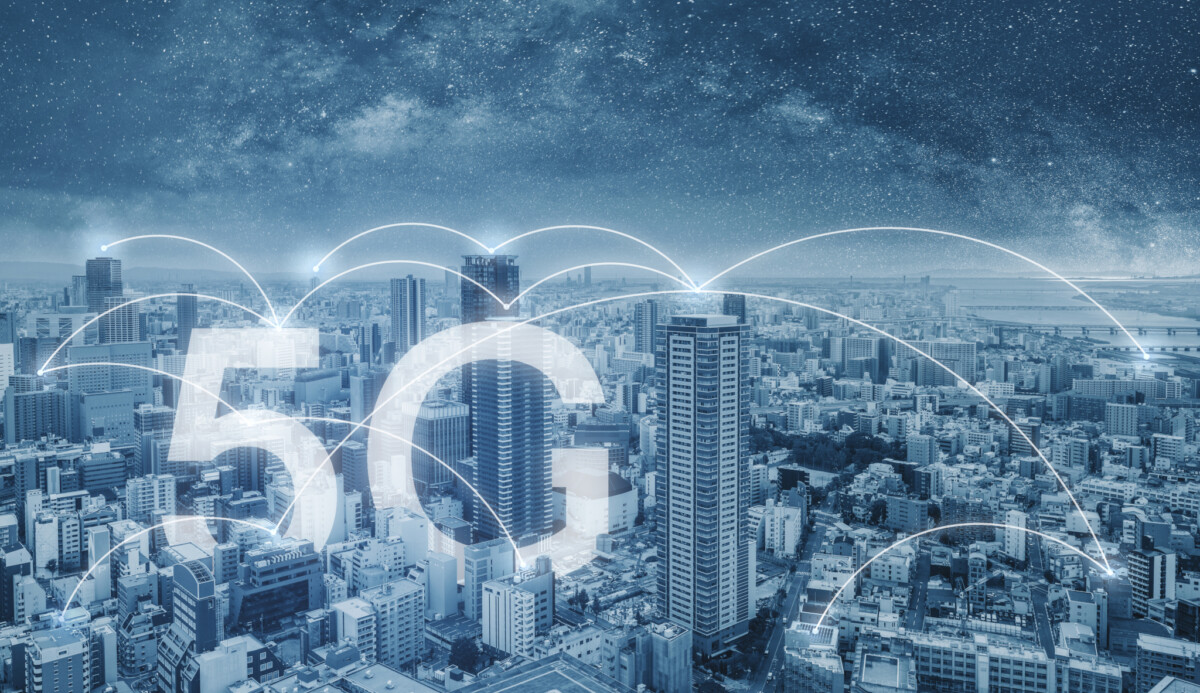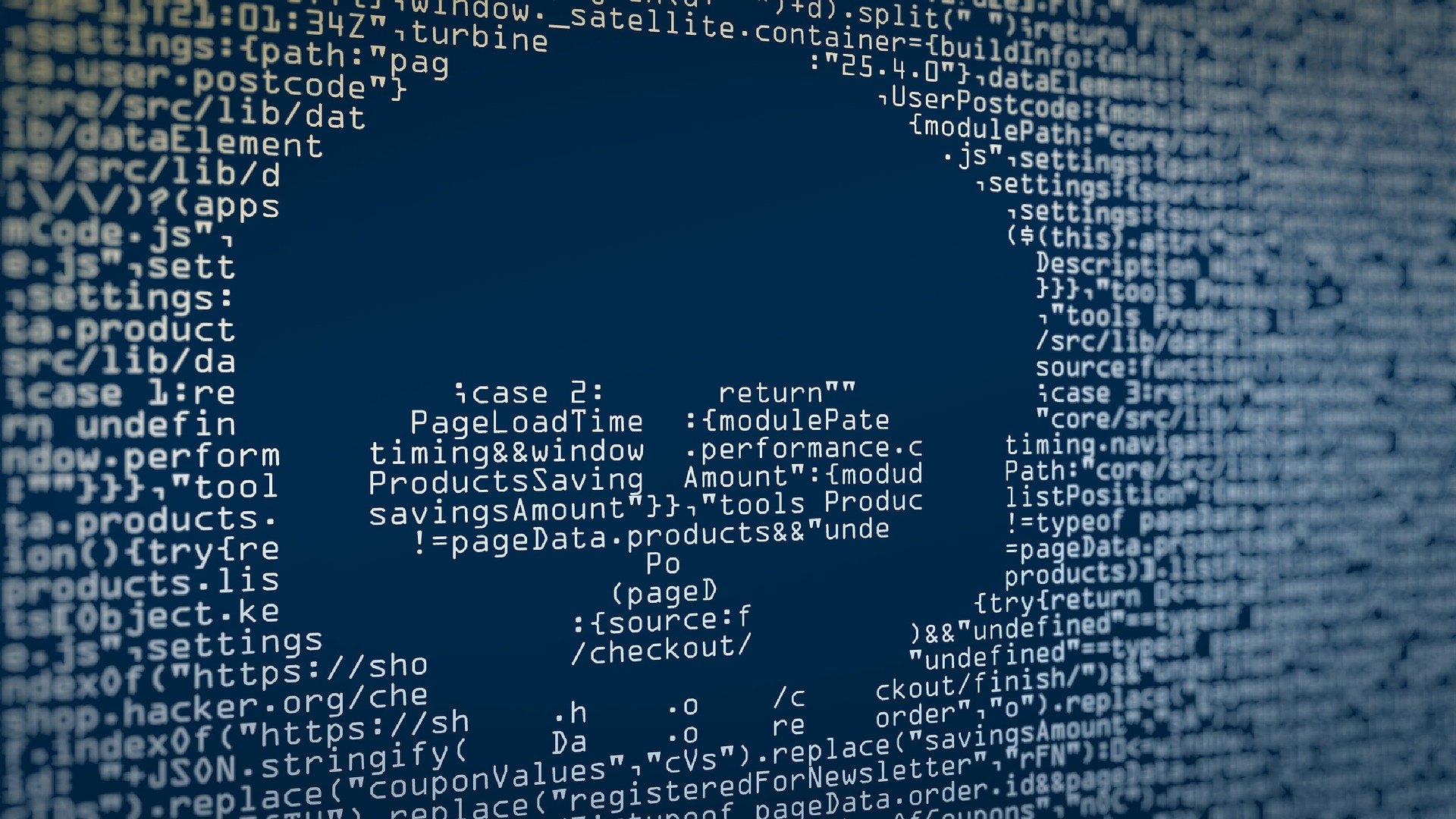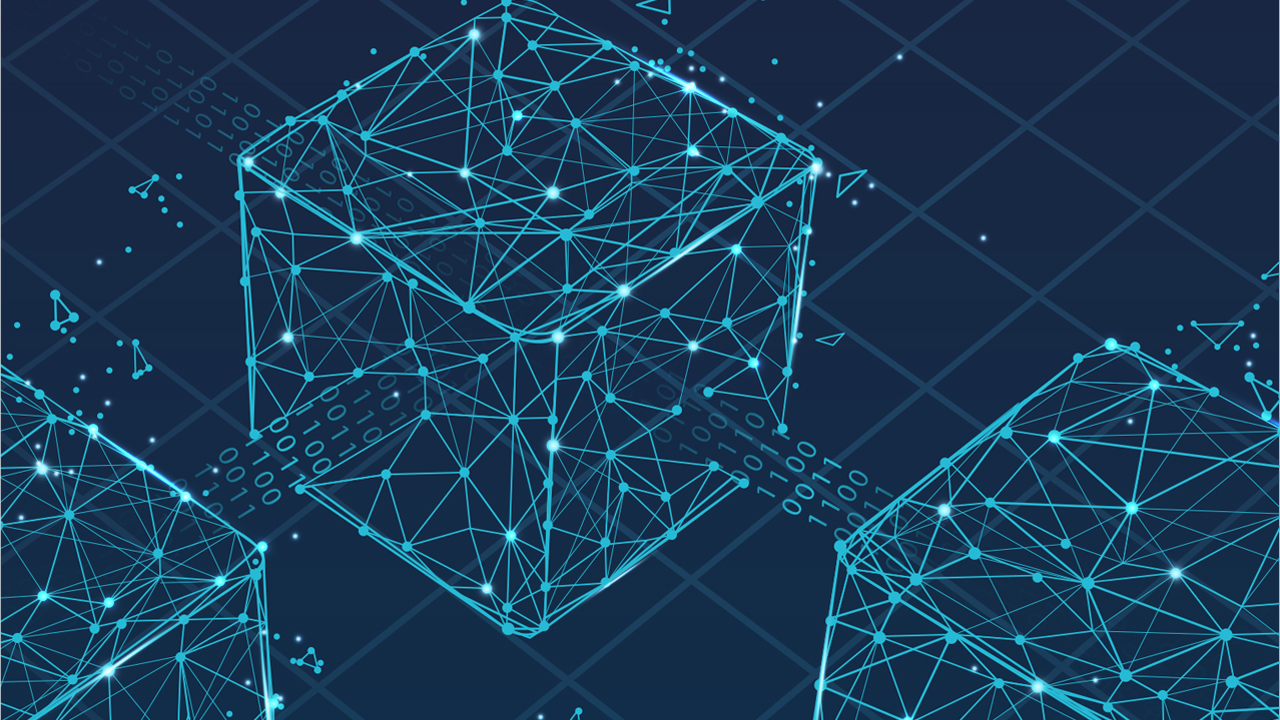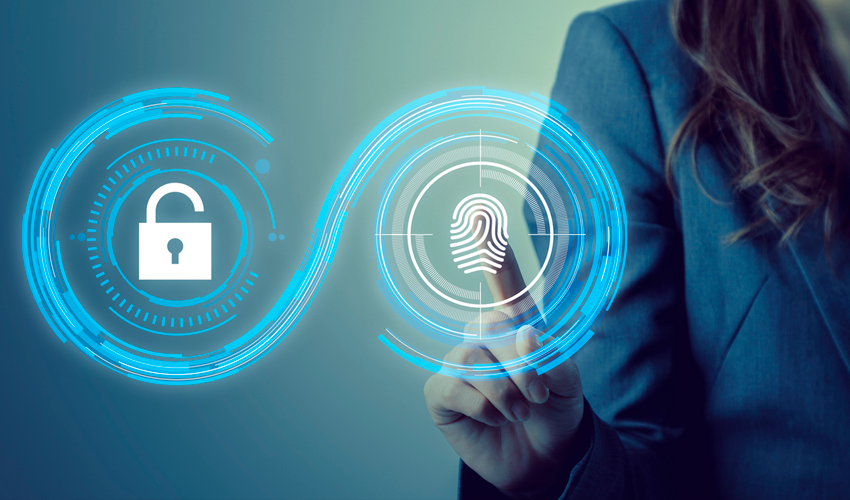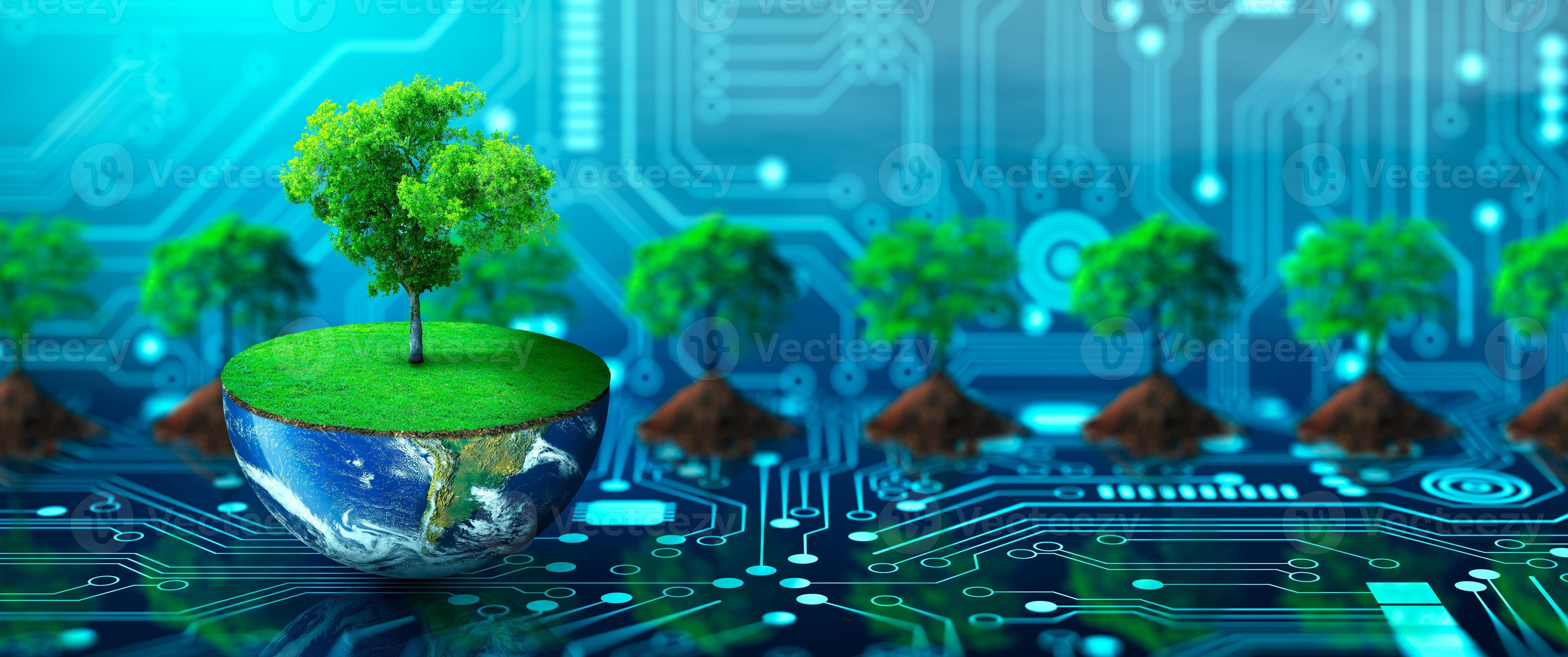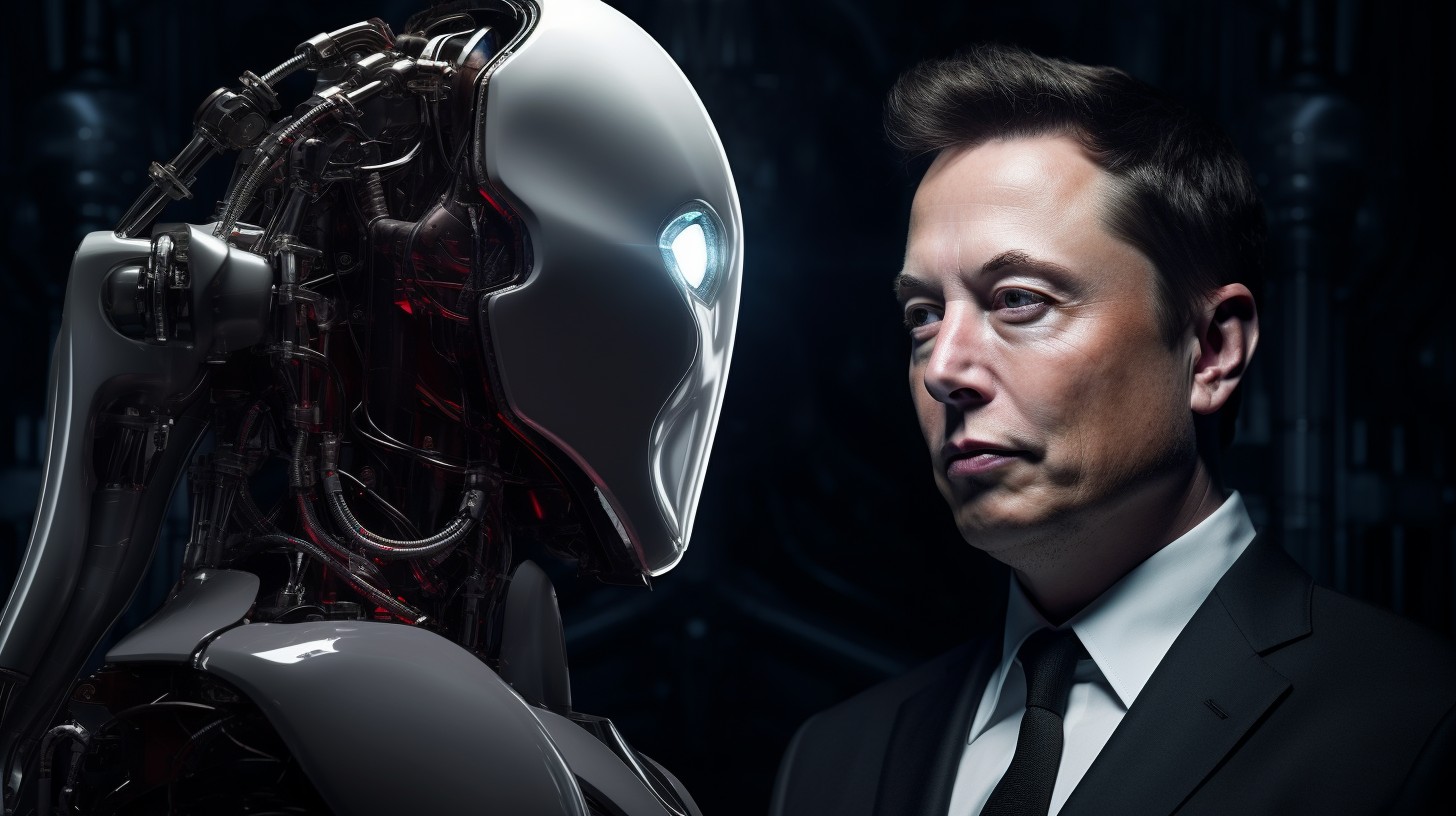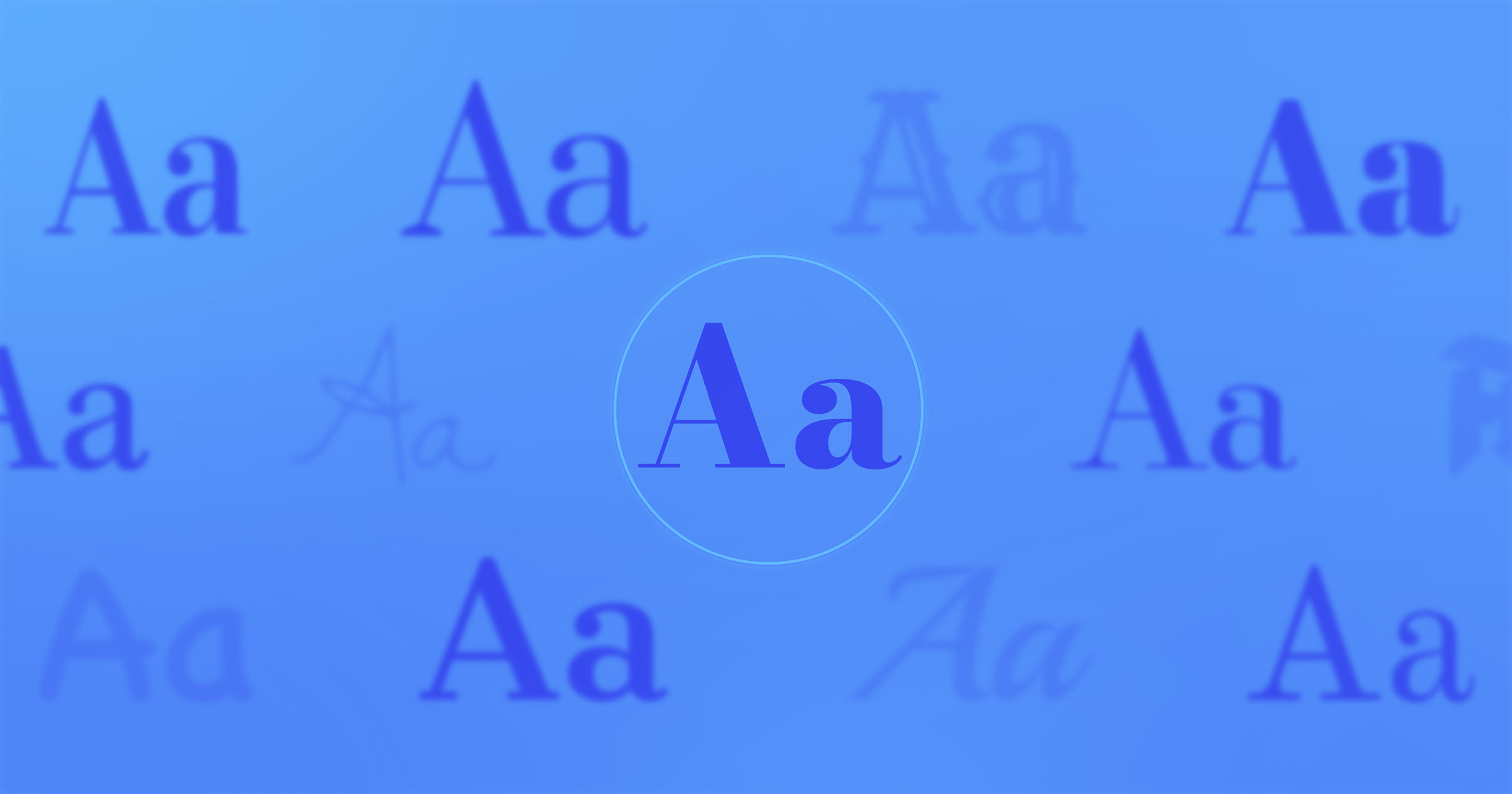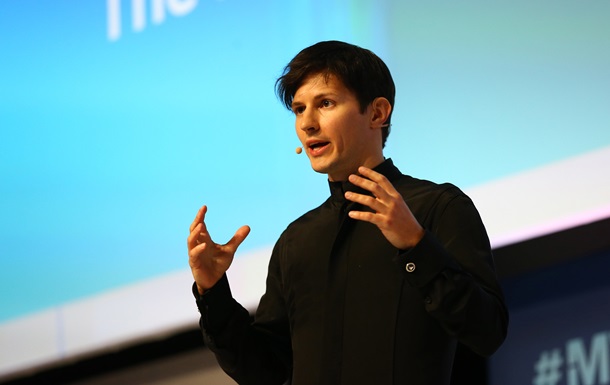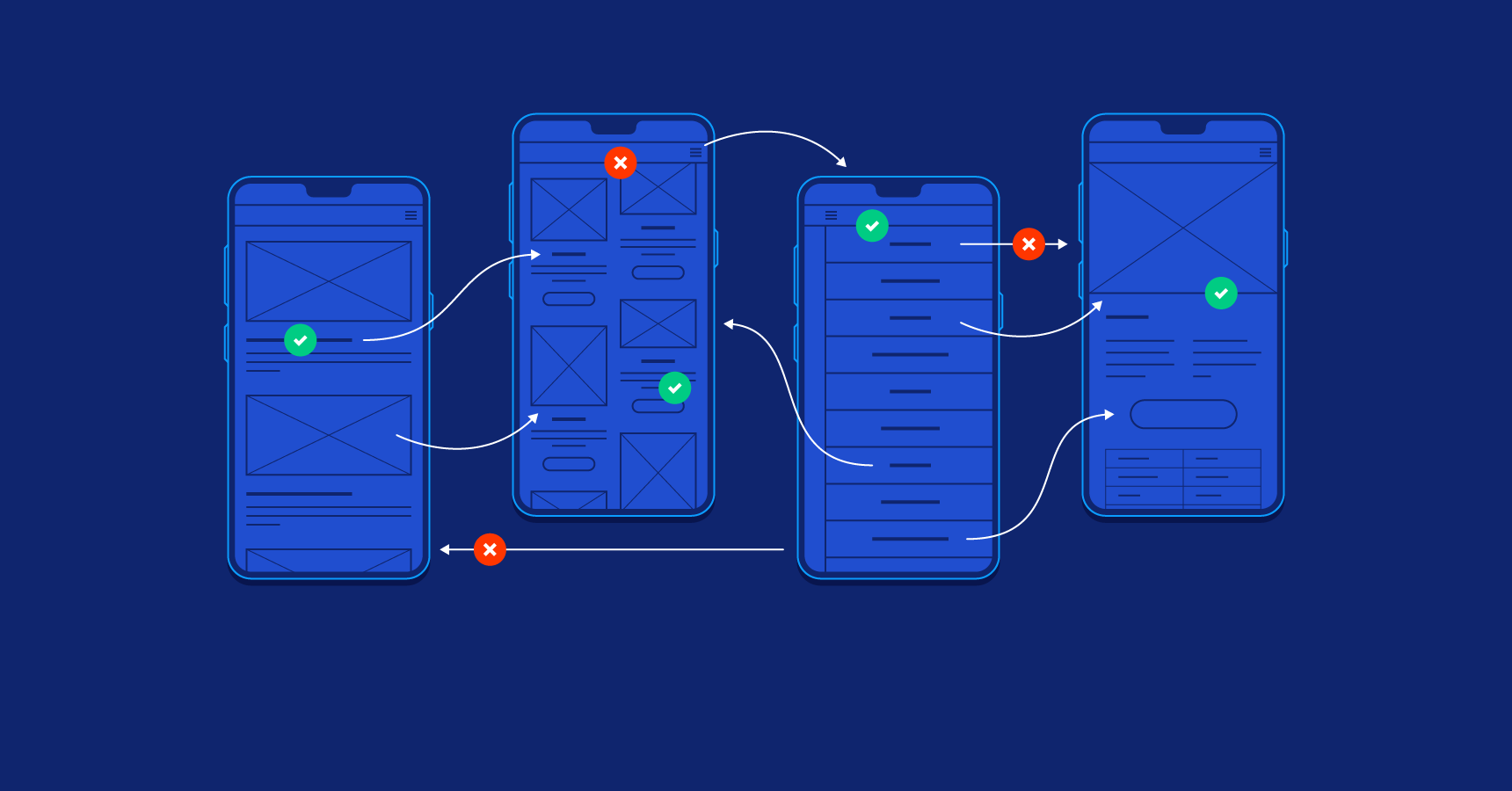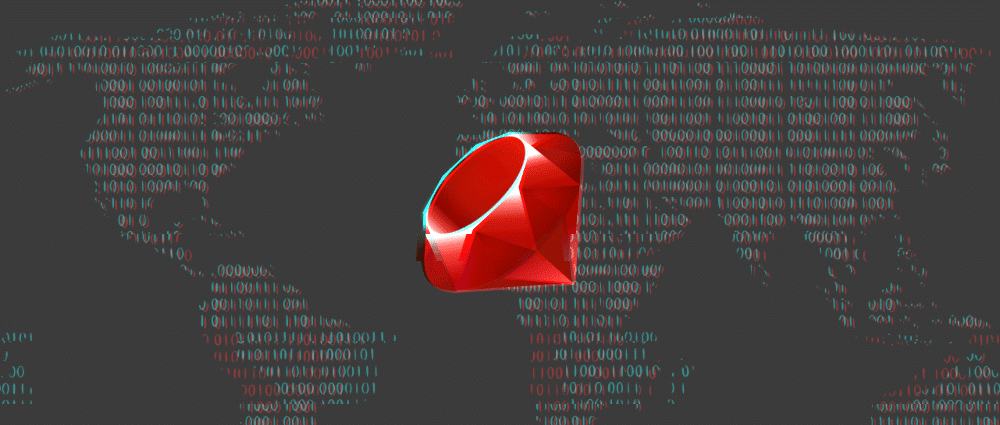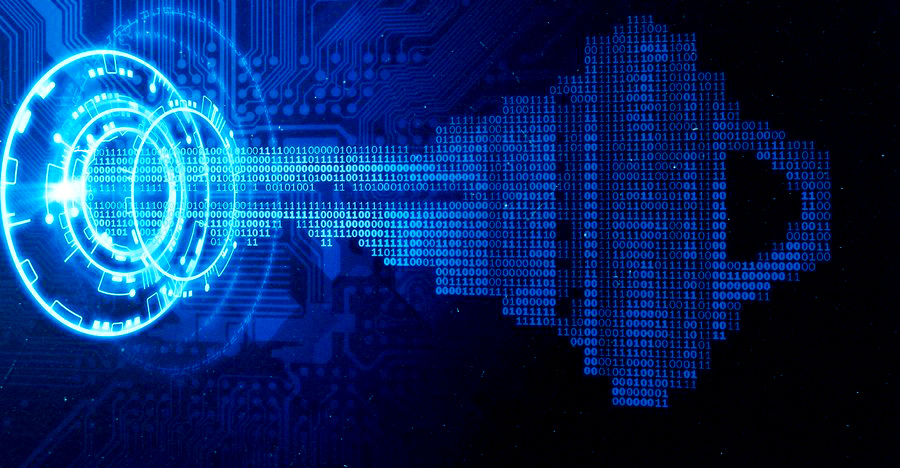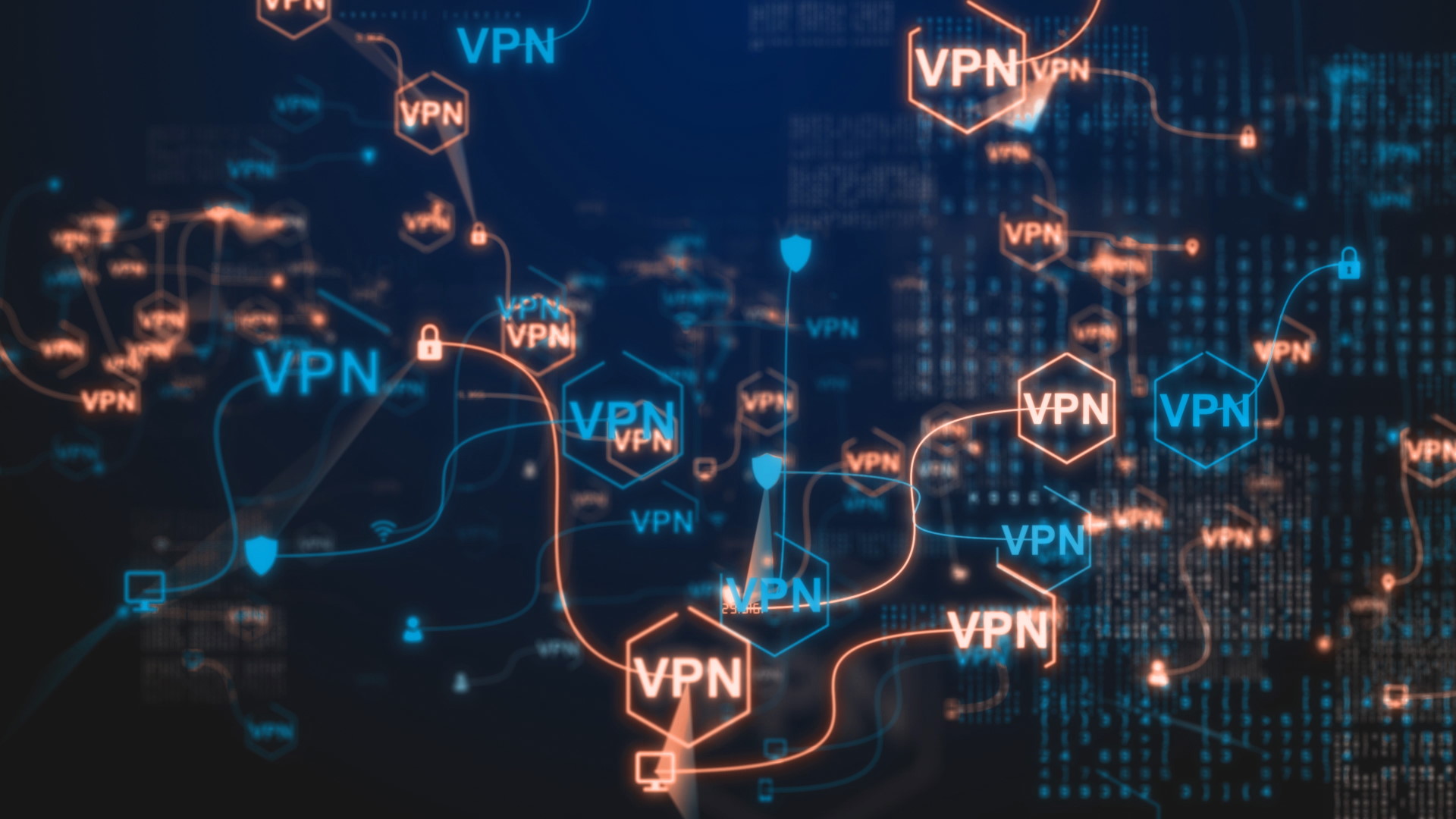Type of online danger: Deepfakes
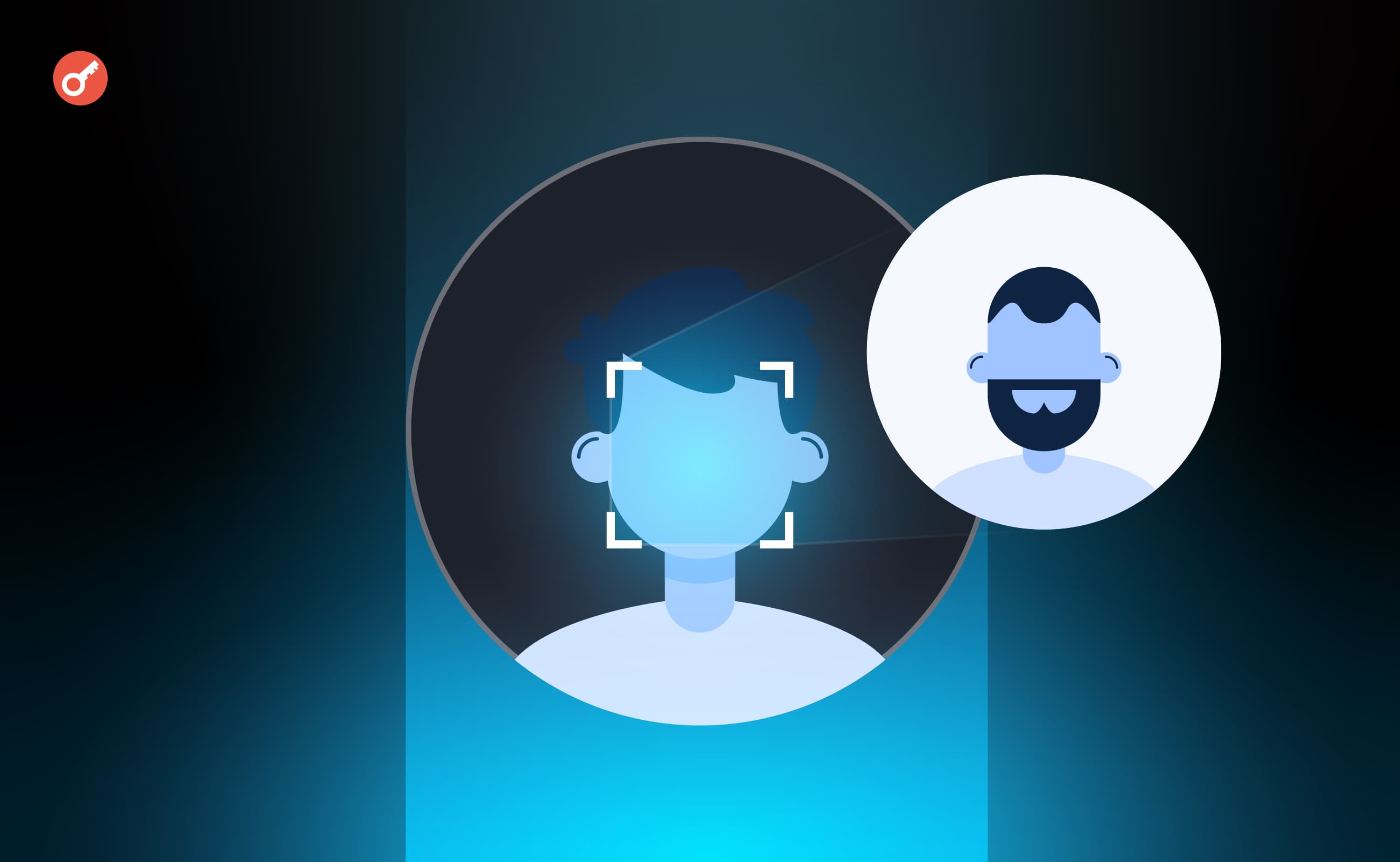
Recently, we have been hearing more and more about the development of neural networks, and for the most part, we consider this a positive moment. However, we should not forget that with the advancement of technologies, new threats from AI have emerged. One of these is deepfakes.
Deepfakes are a special technology that uses AI and machine learning to create fake audio, video, and images. These technologies allow convincingly replacing faces, voices, and even the expressions of people, creating the illusion that they are saying or doing something they never did.
In simple terms, deepfakes are digital copies. Having an image of your face, such technology can create realistic videos, and so on. This technology can be used for both beneficial and harmful purposes.
Deepfakes are widely used in the creative industry and cinematography to expand creative possibilities, create complex special effects, and recreate the images of deceased actors. With this technology, industry representatives can recreate interesting special effects that would be impossible to replicate in reality.This technology can also be applied in journalism to show historical events or interviews.In the field of education, deepfakes are also used to create effective materials for better assimilation of information by students.
Returning to the essence of this concept, it is worth noting the dangers. Deepfakes can be used to create fake videos for political, religious, and other propaganda purposes, and to mislead masses of people using the images of famous faces. For example, there is a known video in which the supposed founder of Facebook, Mark Zuckerberg, claims to own all the data and "secrets" of the users of this social network. The video looked quite realistic and was created using deepfake technology.
There have also been cases where large sums of money were obtained from individuals through voice forgery, where the person hearing the voice did not suspect that the voice was created using AI. Additionally, if your face is publicly available, for example, a publication on social networks, you can also become a victim of deepfake technology. Thus, the concept of deepfakes is partially immoral and unethical.
To protect yourself, first of all, you should be careful with publications on social networks. To determine whether a video is fake, you can pay attention to the mimicry, possible unnatural twitches of the eyes, eyebrows, or some blurriness in certain areas. There are also applications that help verify the authenticity of videos: Forensically, Deepware, KaiCatch, and others.
In conclusion, it is worth saying that deepfake technology is rapidly developing and finding applications in various fields. It is important to develop and apply methods for their detection and regulation to minimize risks and potential abuses.

